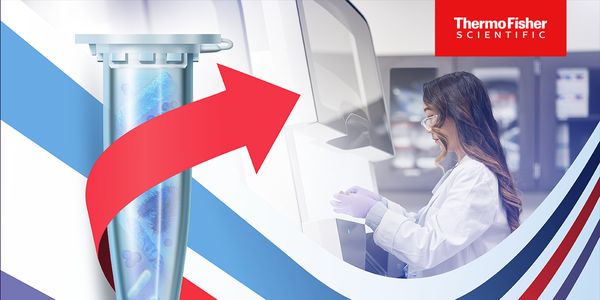
-
Madhu Nag, PhD
Lead, Trans-NIH RNAi Facility Division of Pre-Clinical Innovation National Center for Advancing Translational Sciences National Institutes of HealthBIOGRAPHY
DATE: November 16, 2017
TIME: 9:00AM PT, 12:00PM ET
The wide use of 2D monolayer cultures for cancer drug discovery reflects the technical ease of implementation for drug screening, and the view that oncogenes or tumor suppressor genes are the key genetic drivers of cancer cell proliferation, and therefore, inhibiting these tumor driver genes with drugs should prevent tumor growth. However, there is now ample evidence that the cellular and physiological context in which these oncogenic events occur play a key role in how they drive tumor growth in vivo, and therefore, in how a tumor responds to drug treatments. In vitro three dimensional (3D) spheroid cell culture tumor models are being developed to potentially enhance the predictability and efficiency of drug discovery in cancer. Furthermore, the insight that primary tumors are vastly different from their metastatic counterparts has necessitated a paradigm shift in the development of HTS screening models to efficiently recapitulate key components of primary and metastatic disease. The ability to increase the throughout for a 3D spheroid assays will enable the generation of pharmacological profiles of chemotherapeutic agents and will hopefully illustrate more effective therapies that might have been missed in 2D, and deprioritize treatments options that might have looked very potent in 2D but have not efficacy in 3D. This approach to cell biology has the potential to improve the physiological relevance of cell-based assays and advance the quantitative modeling of biological systems from cells to organisms.
Learning Objecives:
- Application of 3D models within oncology research and therapeutic strategies
- Why scaling 3D models to a higher throughput format is important for higher throughput screening of drug candidates
- Comparison of mechanism of action data from 3D models to that generated from 2D systems
Please update your information
Certificate of Participation
DOWNLOAD CERTIFICATE






